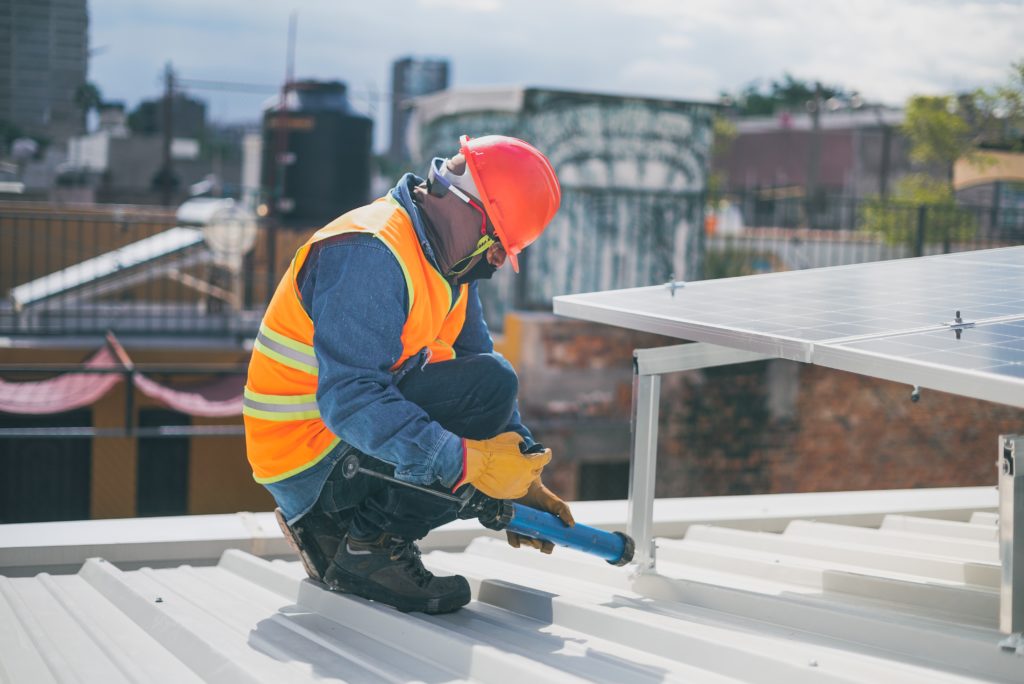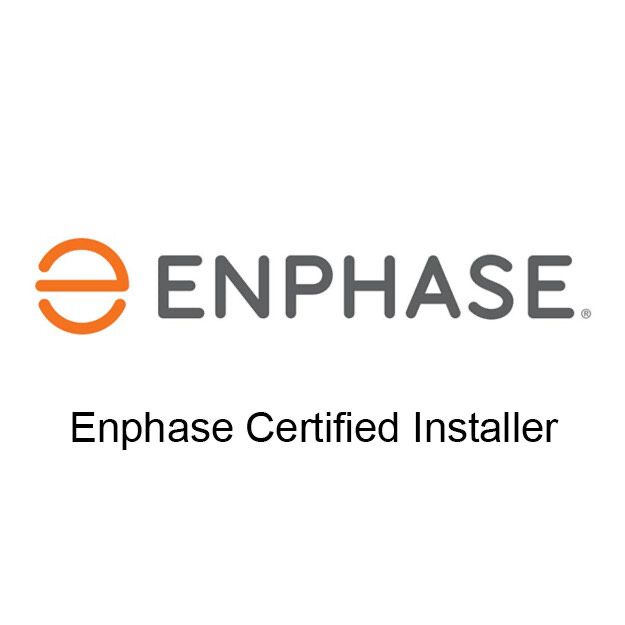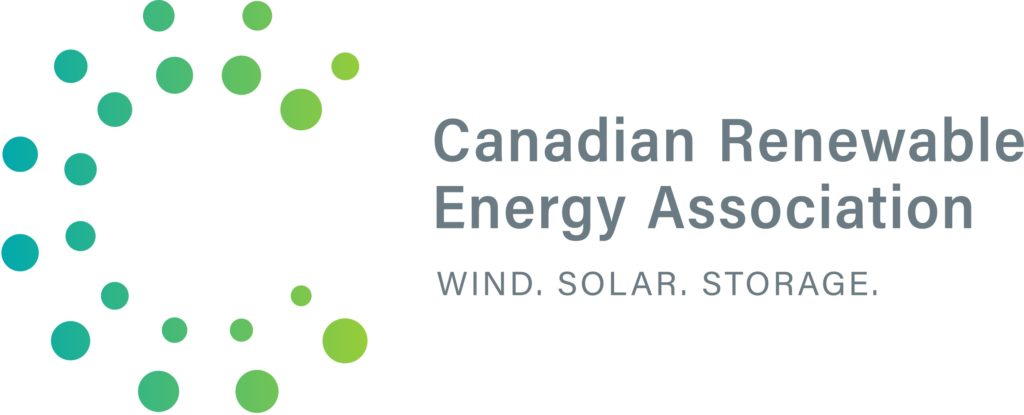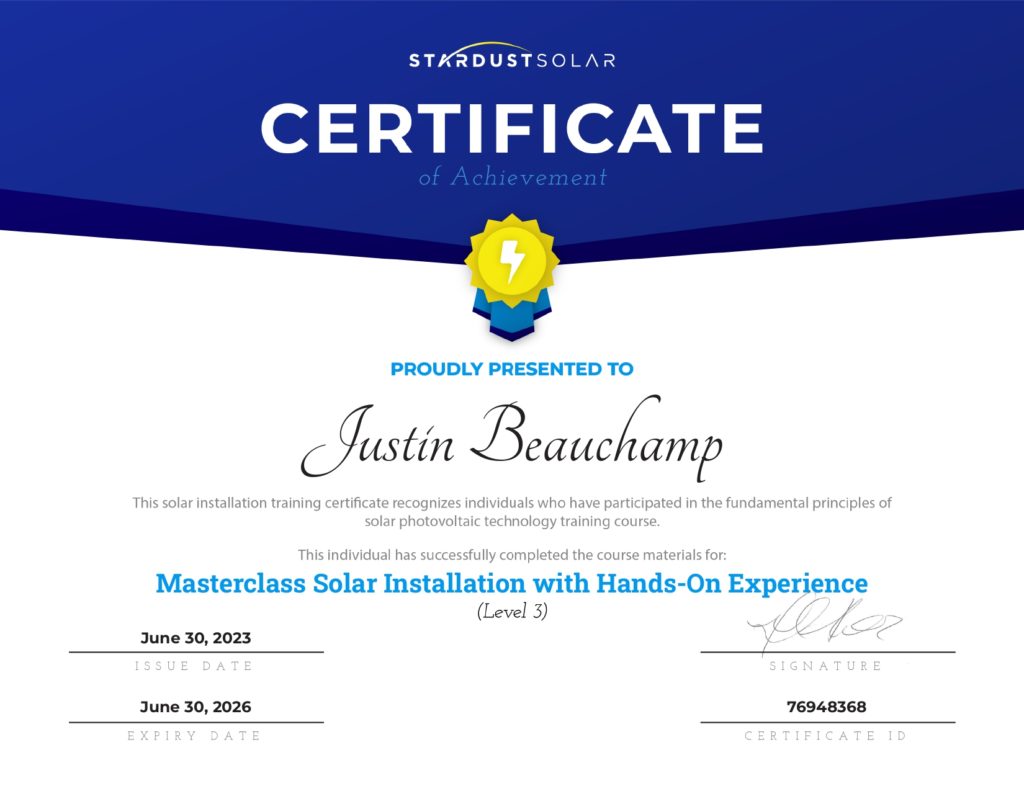Solar Panel Setup in Canada
The story of solar energy in Canada is both intriguing and promising. The country, known for its long winters and sizeable hydroelectric resources, is also stepping into the spotlight for its adoption of solar energy and solar panel setup, offering an environmentally sustainable solution for its energy needs.
Brief History and Growth of Solar Energy in Canada
Early Beginnings
Alberta’s Culture and Tourism article shares that the exploration of solar energy in Canada dates back to the 1970s, primarily driven by the global oil crisis. Yet, the technology was still in its infancy, with high costs.
Growth in the 2000s
As the technology evolved and became cheaper in the early 2000s, several provinces started adopting solar power. Ontario was particularly proactive, launching the Feed-In Tariff (FIT) program in 2009, significant in accelerating solar installations.
Recent Developments
Solar panel installations have increased nationwide over the past decade. Alberta, known for its oil sands, has also made significant strides in solar adoption. The price per watt of solar installations has dramatically decreased, making it an increasingly economical choice for households and businesses.
Current Trends and Future Glances
- Variety in Use: Solar power is diversifying. Beyond rooftops, it’s used in community projects and remote areas, broadening its impact.
- Tech Innovations: Solar panels are upgrading, becoming more efficient and adaptable.
- Bright Future: Creating jobs and helping Canada move towards a greener future with plans for zero carbon emissions by 2050.
Components and Setup of Solar Panels
Location Factors
Choosing the right spot for your solar panels is like choosing the best beach spot on a sunny day. It would help if you had maximum sunlight, a good angle, and no big trees or umbrellas blocking your sun.
- Sunlight: Opt for areas with maximum sunlight hours and intensity.
- Geography: Consider land features; hills or valleys might affect sunlight.
- Shadows: Stay clear of obstacles like trees or buildings that cast shadows.
Mounting Options
Ground-Mounted | Roof-Mounted |
Perfect for spacious land areas | Ideal for homes with strong rooftops |
Easier to adjust and clean | Utilizes space without using yard |
Might need more permissions | Generally less invasive |
Fixed vs. Tracking Systems
Fixed Systems | Tracking Systems |
Panels stay in one fixed position | Panels move, following the sun’s path |
Less maintenance required | More efficient but needs more upkeep |
Cost-effective option | More expensive but captures more energy |
Layout:
- Series vs. parallel connections: Series means they’re connected one after another, while parallel means each panel connects directly to the main power source. Series boosts voltage, while parallel boosts current.
- Optimizing for maximum sunlight absorption means positioning your panels to soak up as much sun as possible, like turning your beach chair to face the sun.
Wiring Materials and Quality
Copper Wiring | Aluminum Wiring |
Highly conductive and efficient | Less conductive but more cost-effective |
Durable | Lighter but can corrode faster |
Safety precautions and grounding:
This ensures everything’s safely connected, like ensuring your camping gear’s securely grounded during a storm. Grounding prevents electric shocks and protects your system from lightning or power surges. Always make sure to follow guidelines and get professional advice.
Planning Your Solar Panel Setup
Solar panel installation isn’t just about harnessing sunlight; it involves strategic planning, budgeting, and abiding by local regulations.
Financial Options
The Canadian government provides incentives to promote solar use. Check if any rebates or incentives are currently available in your region.
Financing and Leasing Options:
Financing | Leasing |
Buy with loan, own the system | Rent system, lower upfront cost |
Benefit from tax incentives | No ownership, but fixed monthly rate |
Regulatory Requirements
Getting solar panels isn’t just about buying and setting them up; you need the right permissions to ensure you follow the rules.
Necessary Permits and Documentation:
You need one for solar installations like a construction permit. This ensures safety and proper integration with local power grids.
Standards and Safety Regulations:
Federal Standards | Local Regulations |
Set by national bodies, applicable everywhere | Specific to your municipality or province |
Selecting Solar Panels
Choosing the right solar panel is much like picking the right tool for a job. Different panels come with varied efficiencies, costs, and aesthetics. Here’s a comparison to help you understand better:
Types of Solar Panels
Type | Monocrystalline | Polycrystalline | Thin-film |
Appearance | Dark, uniform colour; rounded edges | Blueish hue; square shape | Flexible sheets; can be semi-transparent |
Efficiency | High (around 15-20%) | Moderate (around 13-16%) | Lower (about 10-12%) |
Cost | Generally more expensive | Typically less expensive than monocrystalline | Least expensive among the three |
Space Needed | Less due to high efficiency | More than monocrystalline | Most, due to lower efficiency |
Durability | Durable; long lifespan | Durable; slightly shorter lifespan than monocrystalline | Can degrade faster, especially in high temperatures |
Best Used For | Homes, businesses with limited roof space | Large scale installations, where space is not a limiting factor | Areas where flexibility and lightweight attributes are essential |
Inverters and Battery Systems
Harnessing solar energy is one thing; optimizing its usage for our homes and devices is another. This is where inverters and battery storage systems come into play.
Inverters
At its core, an inverter’s job is to convert the direct current (DC) electricity that solar panels produce into alternating (AC) electricity that our homes and devices use.
String Inverters vs. Microinverters:
Type | String Inverters | Microinverters |
Design | One inverter for many panels | Each solar panel gets its own inverter |
Flexibility | Less flexible; all panels depend on one inverter | More flexible; each panel operates independently |
Efficiency | Efficiency may drop if one panel underperforms | Better efficiency as each panel’s performance doesn’t affect the others |
Cost | Generally less expensive initially | More expensive upfront, but can be cost-effective due to higher efficiency |
Brands Selection Tips:
- Reputation: Check for brands with a solid reputation and positive customer reviews.
- Warranty: A longer warranty indicates confidence in the product’s longevity.
- Compatibility: Ensure the inverter is compatible with your solar panel setup.
- Features: Some modern inverters come with smart features like monitoring capabilities.
Battery Storage Systems
Batteries store excess solar energy so you can use it when the sun isn’t shining.
Types of Batteries:
Type | Lithium-ion | Lead-acid | Others (e.g., Flow, Nickel-Metal Hydride) |
Efficiency | High | Moderate | Varies |
Lifespan | Long (10-15 years) | Shorter (5-15 years) | Varies |
Cost | More expensive upfront | Less expensive initially | Varies, usually more specialized and costly |
Usage | Suitable for daily cycling (discharging) | Suitable for less frequent cycling | Depends on specific battery technologies and capacities |
Installation and Wiring
Transforming sunshine into electricity doesn’t happen magically. It takes a well-executed installation. Here’s a breakdown:
DIY vs. Professional Installation:
Installation Type | DIY (Do It Yourself) | Professional Installation |
Pros | – Cost-saving – Personal control over the process | – Expertise ensures optimal setup – Includes warranties and service guarantees |
Cons | – Requires technical knowledge – Risk of mistakes leading to inefficiencies or hazards | – More expensive upfront – May involve longer waiting periods for scheduling |
Safety Precautions | Always follow guidelines and use the right tools. Wear protective gear, especially when working on rooftops. Consult with experts if unsure. | Professionals are trained in safety protocols. They ensure a secure installation. |
Step-by-step Installation Guide
Preparing the Site:
- Check and clear the area where the solar panels will be installed. Ensure no obstacles or potential hazards exist.
- Considering optimal sunlight exposure, map out where each panel will go based on your solar design.
Mounting the Panels:
- Set up the mounting system first, whether it’s ground or roof mounts. Ensure they’re secure and stable.
- Attach solar panels to the mounts. Ensure they’re aligned properly and firmly secured.
Connecting to the Grid/Inverter:
- Route the wiring from the solar panels to the inverter. Make sure to hide and protect wires to prevent wear and tear.
- Connect the panels to the inverter, ensuring that the DC from the panels gets converted to AC by the inverter.
- If you connect to the grid, coordinate with your local utility to ensure a smooth connection.
Maintenance
Solar panels thrive with proper care like any other major equipment in your home. A well-maintained system can serve you efficiently for many years.
Cleaning and Care
Frequency | Method |
Regular (Quarterly) | A gentle rinse with water to remove dust and light debris. |
Annually | A more thorough cleaning using soapy water and a soft brush, followed by a rinse. |
As Needed | Removal of snow in winter or bird droppings as soon as possible to prevent efficiency reduction. |
Preventing Damages:
- Avoid walking on the panels.
- Trim nearby trees or plants that might drop debris or cast shade on panels.
- Install critter guards if birds or animals pose a potential problem.
Monitoring and Optimization
Using Monitoring Software: Most modern solar systems use software that lets you monitor the system’s performance in real-time. This helps in catching inefficiencies quickly.
Adjusting for Seasonal Changes: As the sun’s position changes seasonally, adjusting the tilt of your panels can optimize sunlight absorption. Some tracking mounts do this automatically.
Troubleshooting and Repairs
Common Issues and Fixes:
Issue | Fix |
Reduced Power Output | Clean panels, check for obstructions or shade, ensure connections are tight. |
Inverter Display Errors | Refer to the inverter’s manual for error codes. Some issues might be fixed by restarting it. |
System Not Working | Check circuit breakers, connections, and ensure the inverter is on and working. |
Seeking for Solar Professional Help?
Call a professional if basic troubleshooting doesn’t resolve the issue or if there’s visible damage to panels or equipment. Regular expert inspections can preemptively identify potential problems, ensuring your system remains at peak performance.
By choosing MAG Solar for your solar panel installation, you’re investing in a sustainable and cost-effective energy solution.
FAQs
Do solar panels work during winter or cloudy days?
Yes, solar panels work in cloudy conditions and during winter. However, their efficiency might be reduced compared to sunny days. Snow can block sunlight, but panels are designed to withstand winter conditions, and some snow can even slide off due to the panels’ angle.
How much can I save with solar panels?
Savings vary depending on your local electricity rates, solar policies, and installation size. Generally, most homeowners can recover their investment in 8 to 12 years and then enjoy reduced or nearly zero electricity bills.

